NVIDIA RTX 4070 Video Card Review
Author: Dennis GarciaOverclocking the RTX 4070
As with most modern silicon the more advanced something gets the less headroom you have for overclocking. This is compounded by factory overclocks consuming what little there is, or in the case of the RTX Ada Lovelace you have the built in Boost that will keep increasing the clock frequencies until it runs out of power or starts running too hot.
The effective overclock for this card sample is +250 on the core and +750 on memory. This works out to be around 3045Mhz Core and 11252Mhz (effective) on the memory clock (divide it by 8 to get the real clock, aka 1250Mhz). Back in the days of Pascal if you could get close to 2000Mhz core you had a rocking video card. It would seem that with 40-series cards there is a little more headroom depending on what the default clocks are set to.
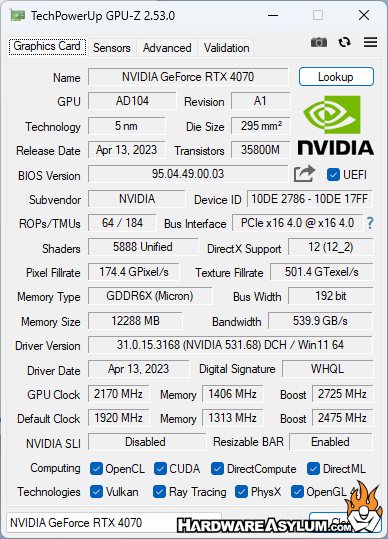
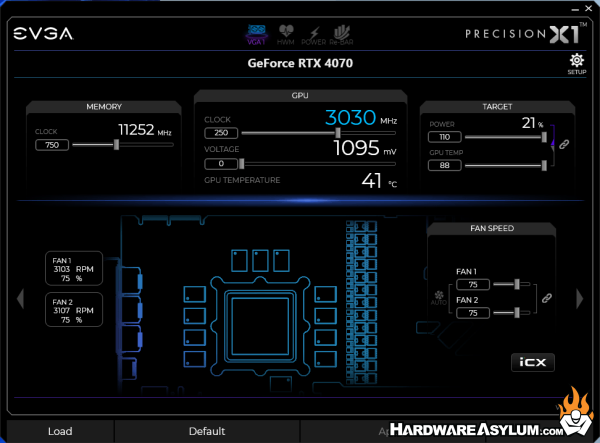




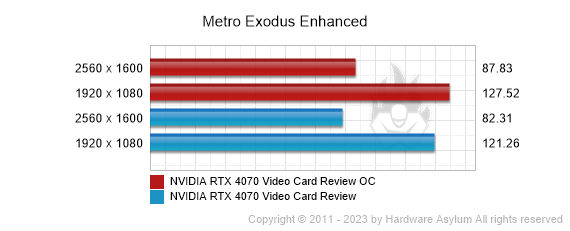
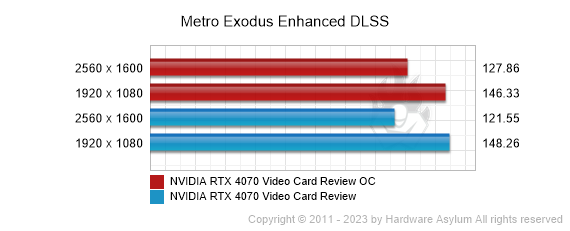
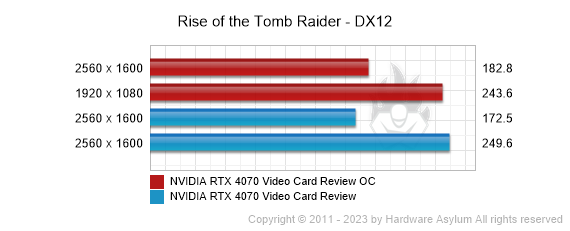
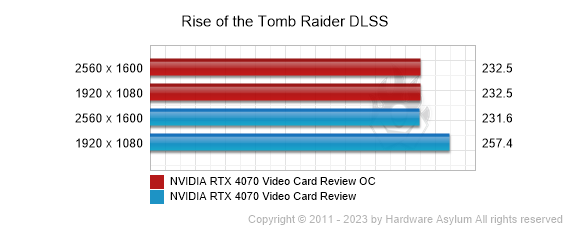
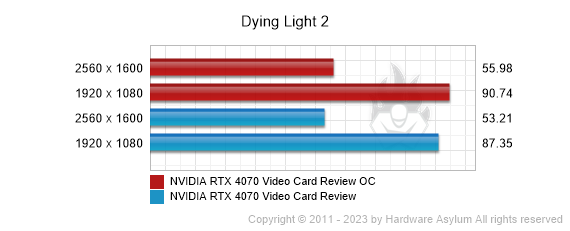
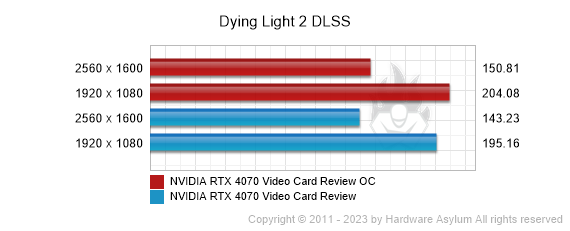
I was rather impressed with how easy the RTX 4070 was to overclock using a standard card clocking utility. For this review I used EVGA Precision X1 and was able to quickly change every required setting to provide a little extra boost to the GPU.
To ensure that the card stayed below the thermal threshold the fan speed was increased to a constant 75% and the power target was increased to the GPU BIOS maximum. I didn’t notice any significant throttling during games and benchmarks. However, increasing the core clock above these values did cause the card to crash, which is odd since there is always some “wiggle room” where the power target will step in before crashing the display.

